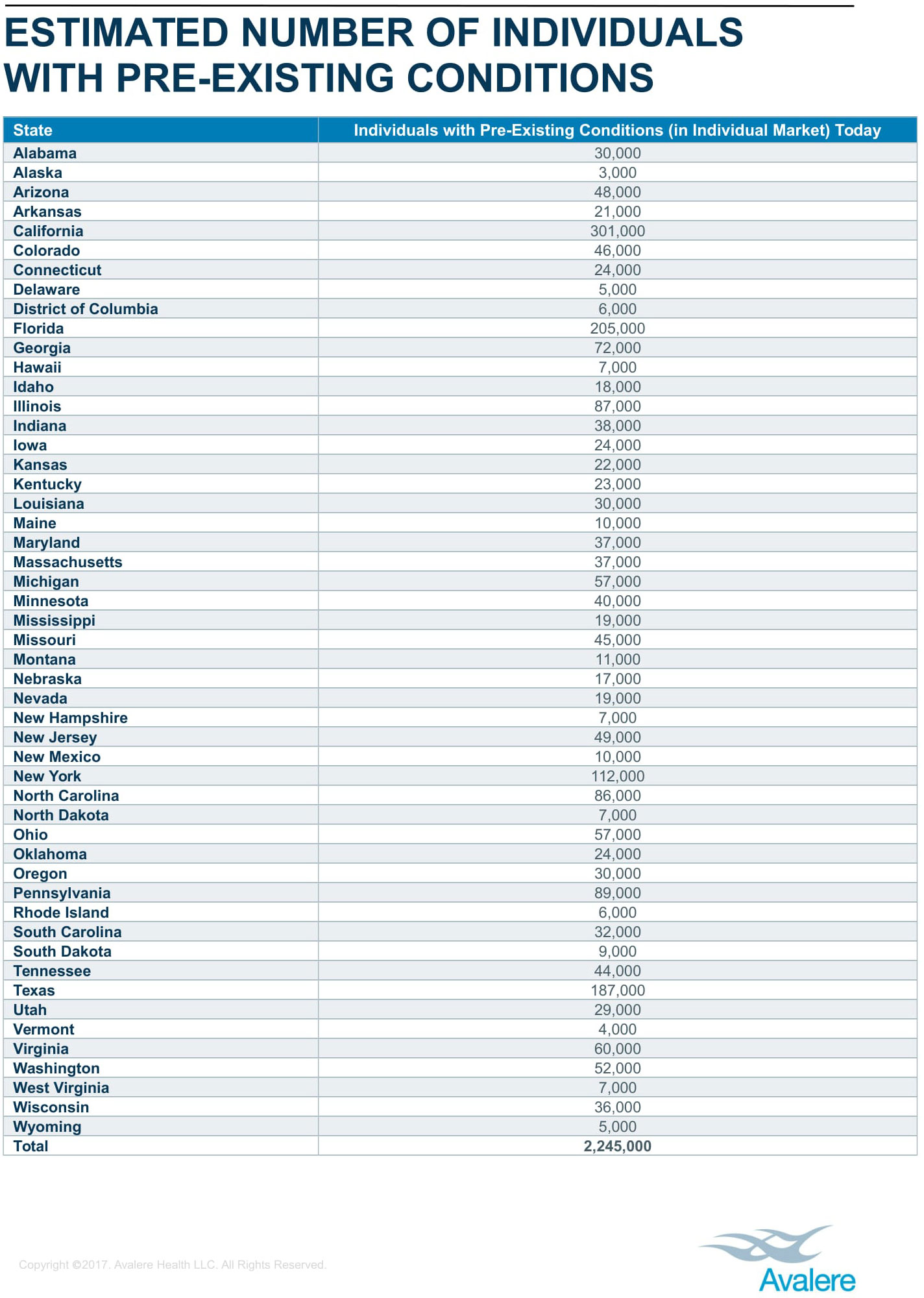As House Republicans planned to vote on the American Health Care Act, their attempt to replace the Affordable Care Act, reports of the bill’s potential negative impact on health care in the United States keep piling up. Following an analysis from the Brookings Institution that found the bill would make it possible to bring back things like lifetime benefit caps and out-of-pocket expenditure limits, Avalere Health, a consulting firm, reported that the legislation would not do nearly as much as its authors claim to help people with pre-existing chronic conditions.
Related: The GOP’s Bizarre Gamble on Health Care Reform
Right now, the bill earmarks $23 billion to help people with pre-existing conditions afford the higher prices they would likely face if it becomes law. Chris Sloan, senior manager at Avalere, said that’s enough to cover about five percent of the people with pre-existing conditions who currently receive health insurance through the law’s health insurance exchanges.
Further, he says, even if all the money the bill would plow into a so-called Patient and State Stability Fund were dedicated to assisting people with pre-existing conditions, it would only cover about 600,000 of them. Currently, 2.2 million Americans who buy insurance on the individual market have pre-existing chronic conditions.
“Texas alone has approximately 190,000 enrollees in its individual market with pre-existing chronic conditions, nearly 80,000 more people than the funds earmarked for the entire country would cover,” he writes. “Florida has 205,000, nearly 95,000 more than the funds allotted nationally amounts would cover.”
Related: Think the GOP Health Care Plan Doesn’t Affect Your Insurance? Think Again
As bad as that sounds, Sloan says, reality is probably worse.
“In each step of this analysis, Avalere used a conservative set of assumptions,” he writes. “As such, the claims costs per enrollee are more likely to be underestimated, thereby overstating the number of individuals covered under AHCA funding, than overestimated.”






